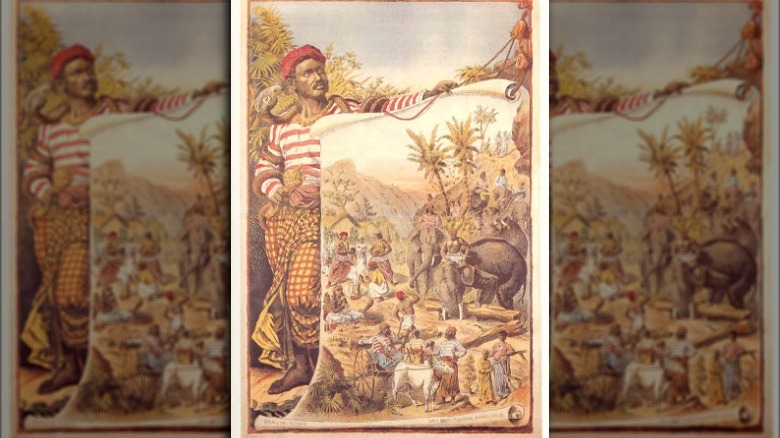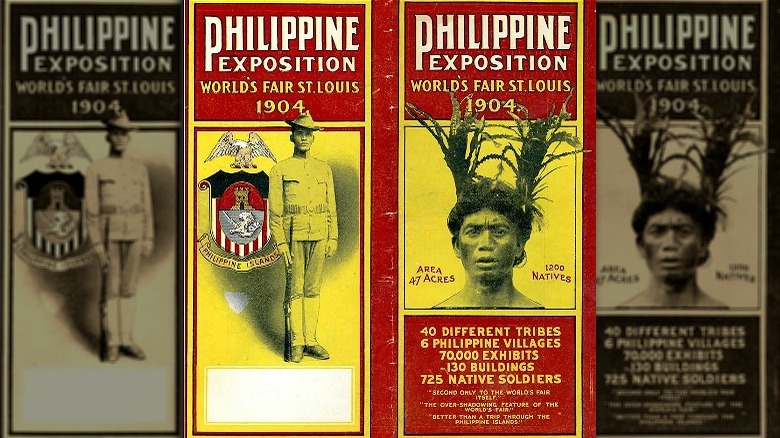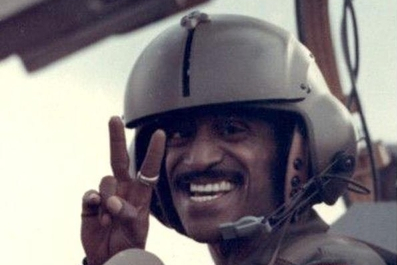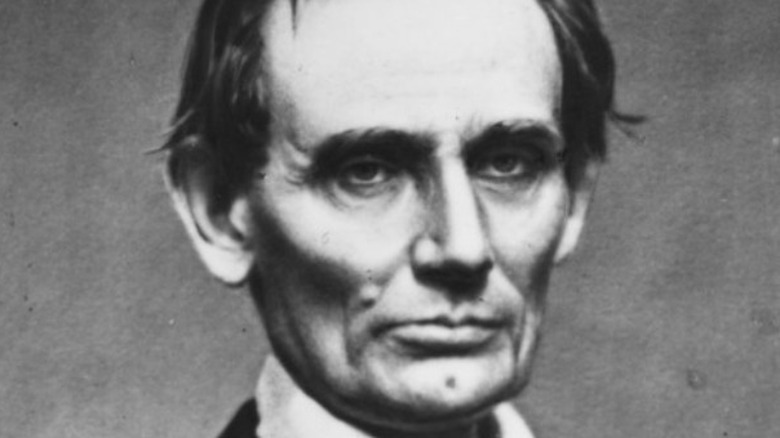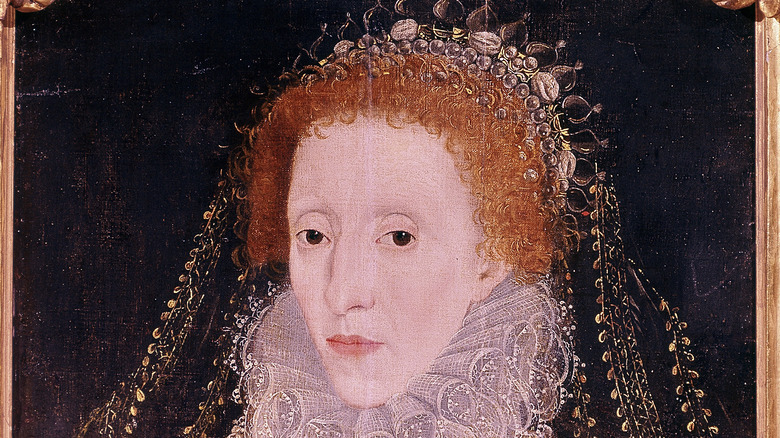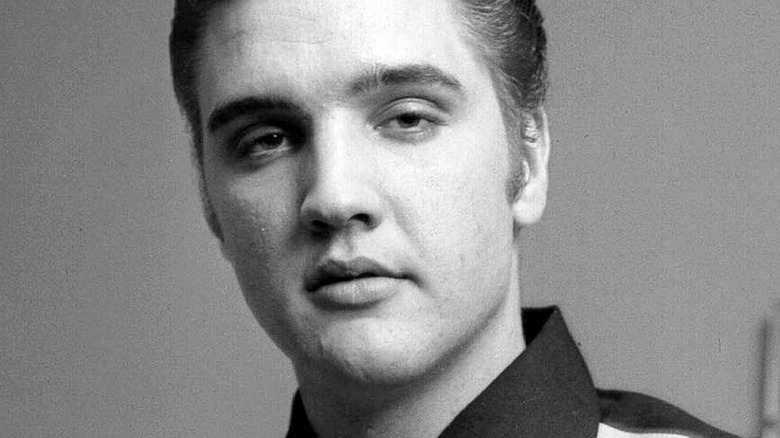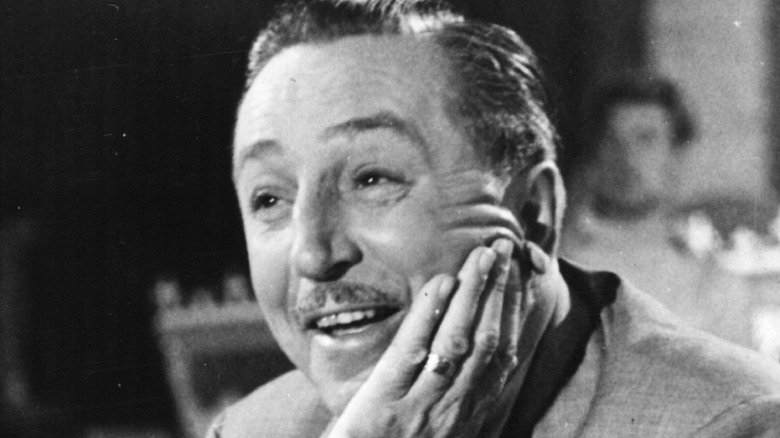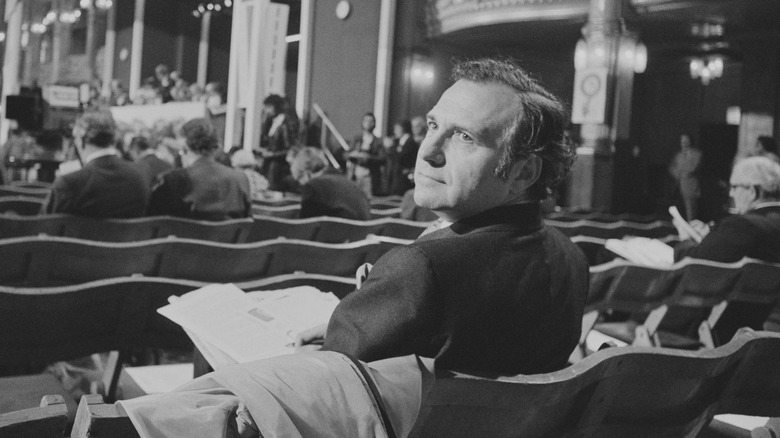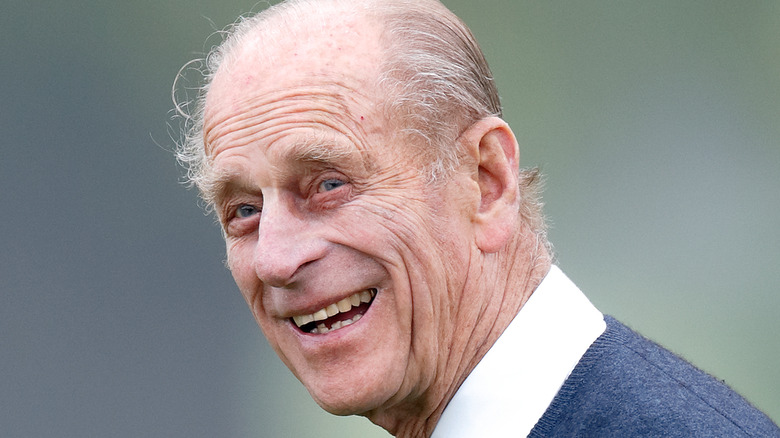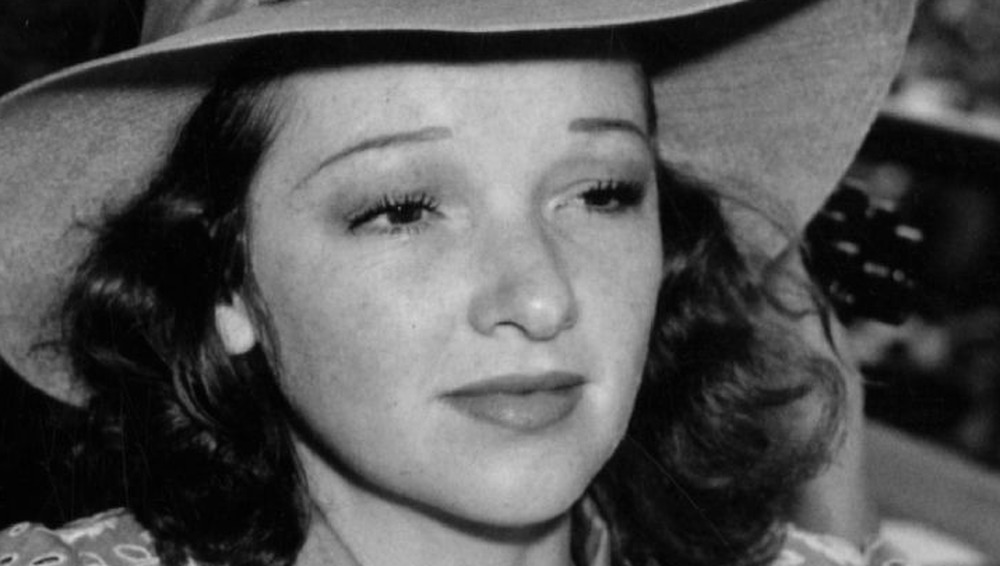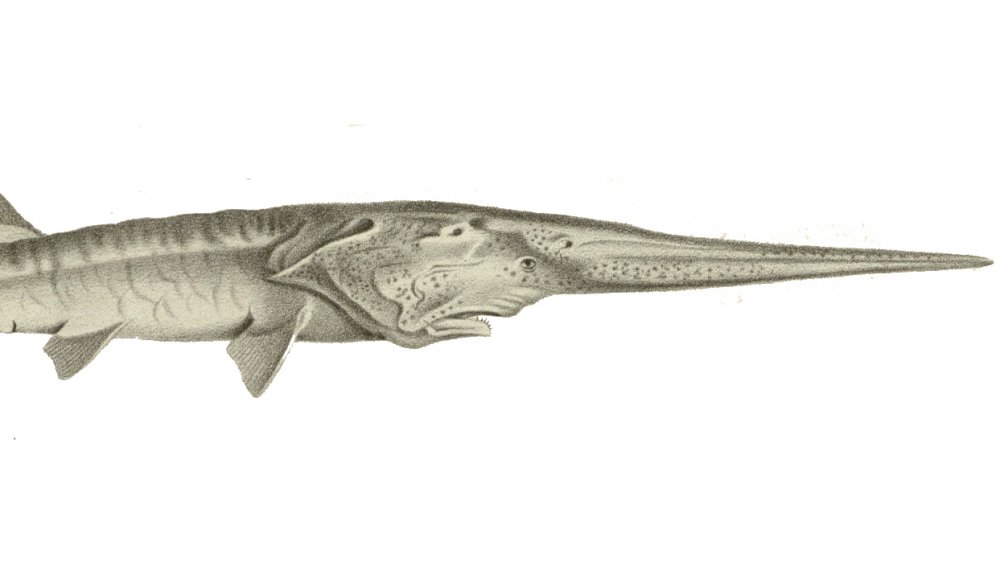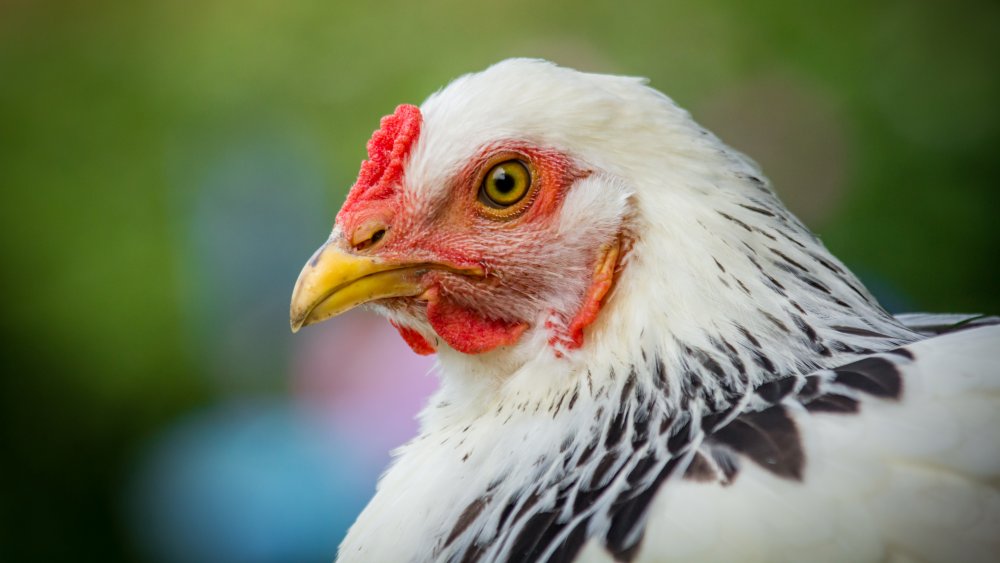
This Was The Largest Human Zoo In History
Often called “ethnological expositions” to make them seem more acceptable, human zoos were public displays of people during the 19th and early 20th centuries. As world travel became more common, scientists (and opportunists) at the time noticed a growing interest in other cultures — though the interest likely wasn’t educational but more about showing the superiority of Western society over the “uncivilized world” (via Britannica).
Human zoo exhibits were cruel and often plain abusive. For example, a human zoo in Brussels became infamous for featuring a young African girl behind a fence that visitors could feed, according to CBC. Most people in zoo exhibits received no money and no social help, and many ended up buried in unmarked graves once they died.
Human zoos were different from freak shows. Freak shows were mostly an American phenomenon, where people with biological rarities were either exhibited or performed acts. Conjoined twins, obese or albino people, and even the “bearded lady” were often part of a human exhibition such as P.T. Barnum’s American Museum. While the exploitative angle of freak shows might have looked very similar to that of human zoos, freak shows paid their participants well — and for many, this led to a much better life than they could have had living in orphanages or on the streets begging for money. For example, Priceonomics explains that conjoined twins Chang and Eng retired from working at freak shows at the age of 29 with an impressive $60,000 ($1.3 million today) fortune.
Human zoos were a massive attraction in Europe
By the second half of the 19th century, human zoos were popular in all major European capitals. According to Ferris State University, exhibits regularly attracted 200,000 to 300,000 visitors, with some — like Paris’ two “ethnological spectacles” in 1877, which featured Nubian and Inuit peoples — attracting as many as 1 million visitors. In Germany, wild animal merchant Karl Hagenbeck organized a Nubian exhibit that toured Europe.
Over 28 million people visited the 1889 Paris World’s Fair, where one of the main attractions was a “Negro village” displaying 400 indigenous people from various French colonies. Up until then, this was the largest human zoo ever set up anywhere. According to experts from Ball State University, the village was divided into six small areas, in which people lived, slept, and worked, demonstrating the difference in the way of living between the “civilized” and the “savage.” The exhibits were staged to entertain, rather than educate visitors, as many of the representations weren’t authentic.
Human zoo exhibits continued well into the following century. Two Colonial Exhibitions organized in Marseilles (1906 and 1922) displayed semi-nude humans in cages, while the large 1931 exhibition in Paris offered performances by natives from the French colonies (via Ferris State University). By the time it closed six months later, the 1931 human zoo exhibit had attracted 34 million visitors.
The biggest human zoo ever was in the U.S.
Although Europe was famous for its “ethnographic exhibits,” human zoos eventually made it into the U.S. In 1904, when the massive 1,200-acre St. Louis World’s Fair opened, it featured not only scientific and trade exhibitions but also a number of “living exhibits.” The largest one was the Philippine Exposition, which housed over 1,000 Filipinos from different tribes and had over 130 buildings, according to CBC.
Within the Filipino exhibit, the Igorot Village attracted the most visitors. Advertised as “the least civilized” of all the villages, it featured semi-nude natives that were offered dogs to cook and eat daily. They were also made to perform ceremonies and dance for the entertainment of the visitors, according to CBC. The St. Louis World’s Fair also offered other “native habitats” to visitors, where Native Americans, Ainu people from Japan, and more performed and posed for photographs (via Lapham’s Quarterly).
One of the most heartbreaking stories of the fair is the one of a Congolese man named Ota Benga. Ota was exhibited at the fair as a cannibal because of his teeth, which had been traditionally filed into sharp points when he was a child, as explained by CBC. After the fair ended, he was taken to the Bronx Zoo, where he was kept in a cage with apes and displayed as a “savage pigmy.” After his release and an attempt to adapt to his surroundings, Ota eventually shot himself in the heart in 1916.
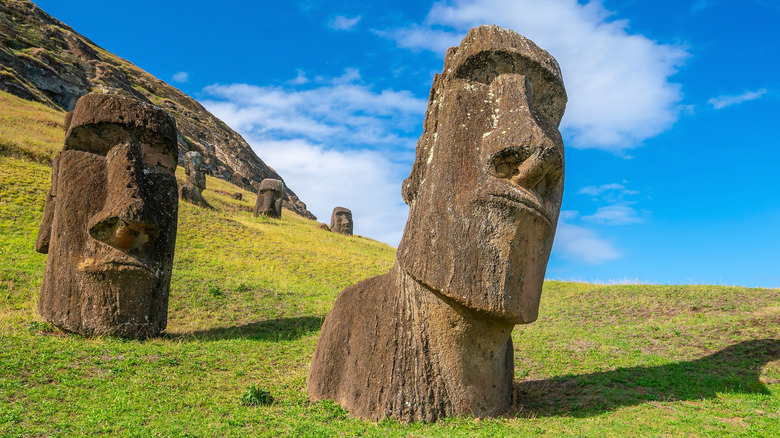
Why Easter Island Has No Trees
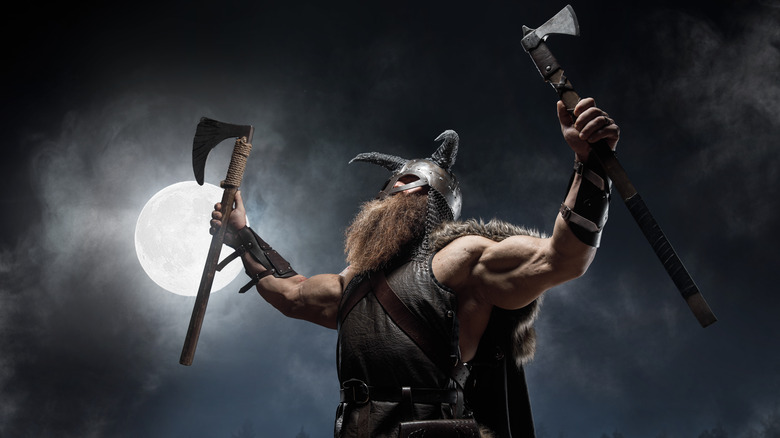
Vikings Didn't Have Horned Helmets. This Is Why You Think They Did

The Untold Truth Of Emperor Akihito
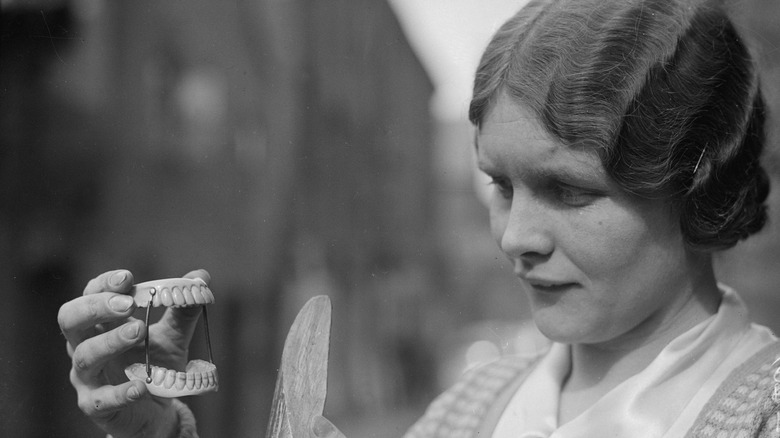
The Surprising Reason Rotting Teeth Was Once A Sign Of Wealth
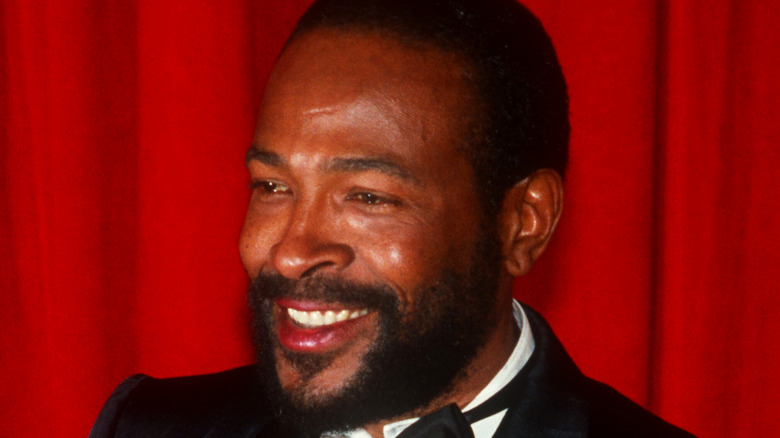
The Tragic Death That Almost Ended Marvin Gaye's Career

What Alcatraz Was Used For In The 1850s
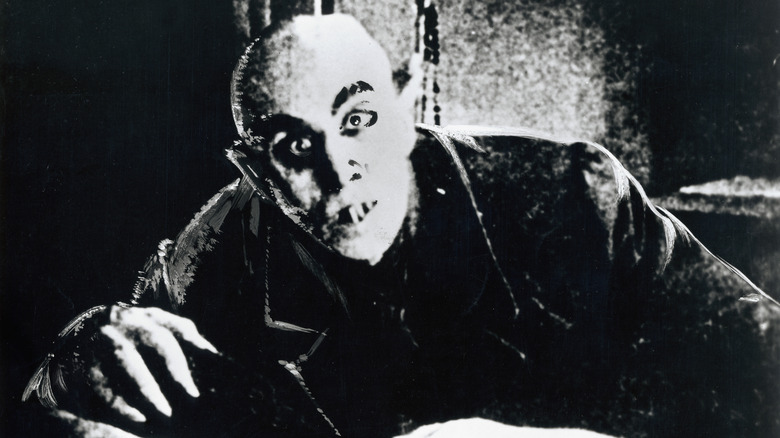
The Untold Truth Of Nosferatu

Ancient Medicine That Did More Harm Than Good
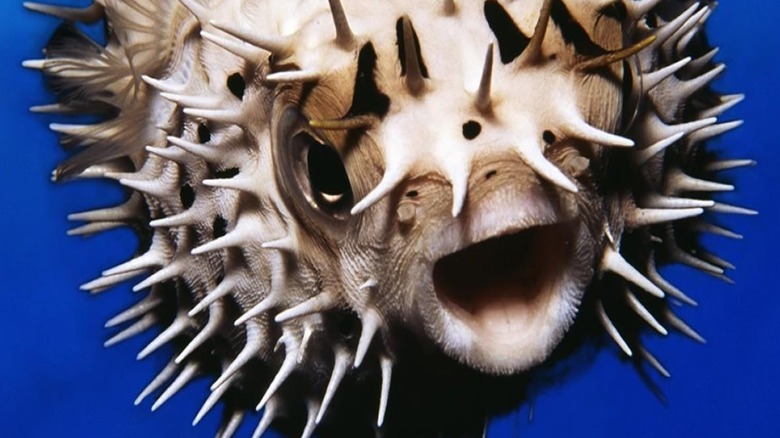
The World's Most Dangerous Fish

Bill Gates Thinks These Toilets Could Change The World
